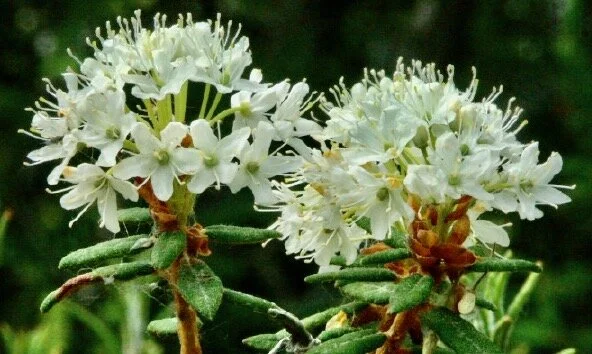Words On Wellness: Exploring the Pygmy Forest
The coastal summer presents breath-taking sunny days with alternating pea-soup thick fog. When the fog roles in, it’s fun to explore our special pygmy forest habitat. Hidden within a long, narrow strip of the westernmost coastal hills of Mendocino and Sonoma Counties, the pygmy forests have an aura of enchantment and are a sunnier, brighter places on a drippy day. The soil is nearly infertile, highly acidic, and has formed a shallow layer of white concrete-like hardpan that’s impervious to water. They are part of a flat series of platforms separated by steep forested slopes. The steps of this giant staircase are inhabited by stands of the rare wispy Bolander pine, and stunted cypress trees, some more than a hundred years old, but thin as broom handles and barely taller than human visitors. These steps were once a series of marine terraces, giant flat slabs of wave-cut sandstone from the ocean floor, then carved by high sea levels between Ice Ages, and left exposed when the ice returned. As sea levels lowered again, these ancient sand dunes were preserved, as the entire coastline was pushed up over time by tectonic forces. The gap between Ice Ages and the formation of each terrace was about 100,000 years, and so, each step on the staircase is 100,000 years older than the one below it. Beneath the Mendocino pygmy forests on the top terrace, the ground is half a million years old or more.
You feel like you’re in the land of Lilliput as you stroll around miniature manzanita and low-bush huckleberries that produce the same delicious fruits. You will also notice a taller bush of ever- green leaves with a citrus-spice odor, slender leaves and white flowers – that is Labrador tea (Ledum glandulosum). Indigenous cultures along the west coast made tea out of its fresh or dried leaves for coughs and colds, spicing meat and as an aromatic beverage. It is very diuretic and contains strong alkaloids so must be drunk in moderation. This was learned by trappers and the Hudson Bay company sold the leaves as a tea substitute for settlers. Settlers also used strong batches of fresh ledum tea to wash floors and tend fungal infections and bug bites. This strongly disinfectant plant is slow growing, so new single leaves are only collected in spring from multiple bushes to avoid damaging it.






